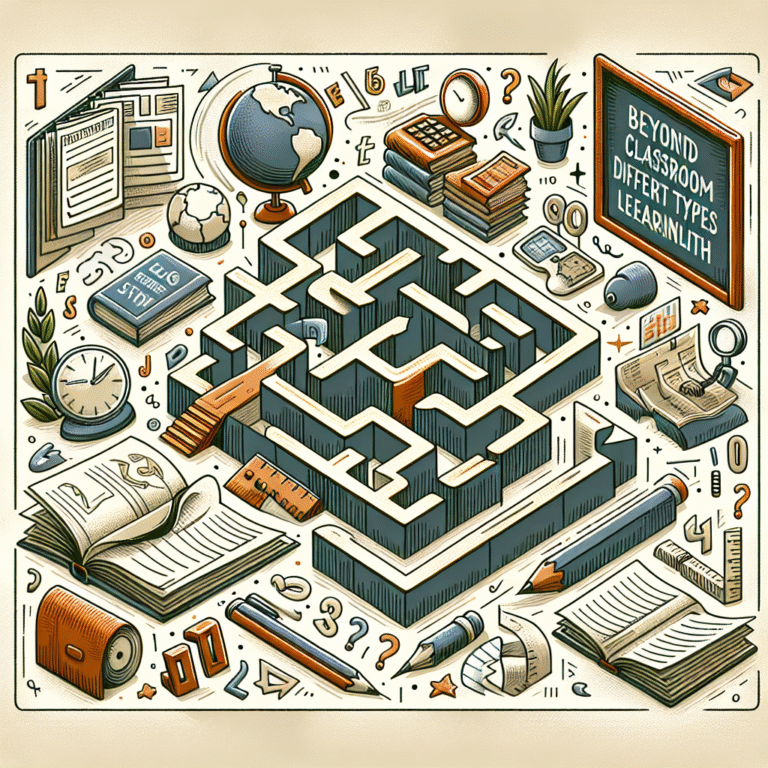Attachment Styles Explained: Unlocking the Secrets of Your Love Connection
Introduction
Are you constantly finding yourself drawn to the same kind of people in your relationships? Or perhaps you feel an inexplicable tension or comfort with certain partners? Understanding attachment styles can provide invaluable insights into our love connections, ultimately helping us build healthier and more fulfilling romantic relationships. In this comprehensive article titled Attachment Styles Explained: What Your Love Connection Says About You, we’ll explore the fascinating world of attachment theory, unveil the different styles, and discuss their impact on your romantic connections. Whether you’re seeking to improve an existing relationship or understand why past ones didn’t work out, this guide is aimed at illuminating your journey to emotional intimacy and connection.
What Are Attachment Styles?
Attachment styles stem from early childhood experiences, particularly how caregivers respond to a child’s needs. These experiences create a blueprint for future emotional and relational patterns. Understanding these styles is essential for decoding the complexities of romantic relationships. The four primary attachment styles are:
- Secure Attachment: Characterized by comfort with intimacy and a balanced approach to relationships.
- Anxious Attachment: Involves a preoccupation with relationships, often fearing abandonment or neediness.
- Avoidant Attachment: Marked by a reluctance to depend on others, valuing independence over close intimacy.
- Disorganized Attachment: A mix of anxious and avoidant behaviors, often stemming from traumatic or inconsistent caregiving.
Table: Overview of Attachment Styles
| Attachment Style | Key Characteristics | Relationship Impact |
|---|---|---|
| Secure | Trusting, stable, empathetic | Healthy, long-lasting connections |
| Anxious | Overly preoccupied, sensitive to cues | Codependency, fear of abandonment |
| Avoidant | Dismissive of intimacy, self-reliant | Emotional distance, difficulties in closeness |
| Disorganized | Unpredictable behavior, fear of intimacy | Chaotic relationships, emotional turmoil |
The Science Behind Attachment Styles
Recent research in psychology has illuminated the critical role attachment styles play in shaping our romantic experiences. For example, a study by Simpson et al. (2007) found that securely attached individuals report higher relationship satisfaction, while those with anxious or avoidant styles often experience greater levels of conflict. Understanding your attachment style can not only empower you to make informed choices in your romantic life but can also serve as a catalyst for personal growth and healing.
Case Study: The Impact of Secure Attachment
Consider Sarah, a 28-year-old teacher in a stable relationship. Sarah has a secure attachment style, stemming from supportive and nurturing parenting. As a result, she communicates openly with her partner, expresses her needs effectively, and feels comfortable with vulnerability. This foundation of security has allowed her relationship to thrive, highlighting how a secure attachment contributes to intimacy and satisfaction.
Analysis
Sarah’s case illustrates the positive outcomes associated with a secure attachment style. Her relationship is characterized by trust, mutual support, and emotional openness—qualities that can be nurtured and cultivated in other individuals through self-awareness and therapeutic interventions.
Identifying Your Attachment Style
Recognizing your attachment style can be a transformative experience. Here are some questions to help you identify your style:
- How do you react when your partner needs space?
- Do you often worry your partner will leave you?
- How do you typically express your feelings and needs in a relationship?
By reflecting on these questions, you can begin to see patterns in your relationships that align with one of the four attachment styles.
Case Study: Anxious Attachment in Action
Take the example of Mark, a 32-year-old marketing executive. Mark exhibits an anxious attachment style, often fearing rejection and becoming clingy when his partner seems distant. This pattern resulted in frequent arguments, as his need for reassurance conflicted with his partner’s desire for independence.
Analysis
Mark’s story underscores how an anxious attachment style can lead to misunderstandings and conflict in relationships. Recognizing these patterns can help individuals like Mark begin the journey toward healthier relational dynamics through counseling and self-exploration.
The Influence of Attachment Styles on Relationships
Your attachment style influences how you perceive and engage in romantic relationships. Here’s how each style typically manifests in love connections:
Secure Attachment in Relationships
- Pros: Easily expresses affection, builds trust, and seeks healthy compromise.
- Cons: Rarely experiences conflict; may struggle to understand partners with insecure styles.
Anxious Attachment in Relationships
- Pros: Highly attuned to partner’s emotions, often shows great empathy.
- Cons: Can become overly dependent, interpreting minor conflicts as critical setbacks.
Avoidant Attachment in Relationships
- Pros: Maintains independence and self-sufficiency, often emotionally stable.
- Cons: Struggles with vulnerability, may withdraw during crises.
Disorganized Attachment in Relationships
- Pros: Can be highly adaptive and resourceful.
- Cons: Experiences highs and lows, often perpetuating a cycle of instability.
Charts: Visualizing Relationship Dynamics

Image Description: A bar graph illustrating the levels of relationship satisfaction among individuals with different attachment styles. To enhance understanding, this visual will clarify which styles correlate with the highest relationship contentment.
How to Navigate Different Attachment Styles
Understanding that people manifest attachment styles differently can foster greater empathy in relationships. Here are some strategies for navigating different styles:
- For Secure Individuals: Offer reassurance to anxious partners while encouraging emotional independence.
- For Anxious Individuals: Work on building self-esteem and communicating needs clearly, while striving for independence in relationships.
- For Avoidant Individuals: Practice becoming more emotionally available and engage in activities that facilitate intimacy.
- For Disorganized Individuals: Seek professional help to process past traumas while actively working on self-awareness.
Case Study: Bridging the Gap
Sarah (secure) and Mark (anxious) decided to attend couples therapy after realizing their attachment styles were affecting their relationship. Through therapy, they developed communication skills tailored to each other’s needs, enabling them to feel more secure and understood.
Analysis
This case demonstrates the potential for growth and healing when couples navigate attachment styles thoughtfully. By embracing vulnerability and actively working on their emotional connection, they can foster a healthier partnership.
Conclusion
Understanding attachment styles is not merely a framework for labeling your experiences; it is a profound tool for personal growth and improved relationships. By exploring Attachment Styles Explained: What Your Love Connection Says About You, you can identify patterns in your behavior and gain insights that pave the way for healthier emotional connections. Whether you identify as secure, anxious, avoidant, or disorganized, remember that awareness is the first step toward transformation. Empower yourself to build the loving relationships you deserve.
FAQs
1. Can attachment styles change over time?
Yes! While attachment styles often stem from early experiences, they can evolve through self-awareness, therapy, and positive relational experiences.
2. How can I learn more about my attachment style?
Consider taking an attachment style quiz online or consulting with a therapist who specializes in attachment theory.
3. Is it possible to have a healthy relationship with someone who has a different attachment style?
Absolutely! With mutual understanding, communication, and respect, couples can bridge differences in attachment styles and create a fulfilling partnership.
4. Are attachment styles only relevant to romantic relationships?
No, they can influence all types of relationships, including friendships and familial connections.
5. How can I improve my attachment style?
Seeking therapy, practicing self-reflection, and developing communication skills are effective ways to cultivate a more secure attachment style.
By deeply engaging with the tenets of attachment theory, you are now equipped with greater insights that can shape your love life and connections. Don’t hesitate to revisit the concepts outlined in Attachment Styles Explained: What Your Love Connection Says About You as you continue your journey toward healthier relationships. Share this article with friends and family, as bridging the gap in understanding attachment can lead to a transformative journey of love connection.





